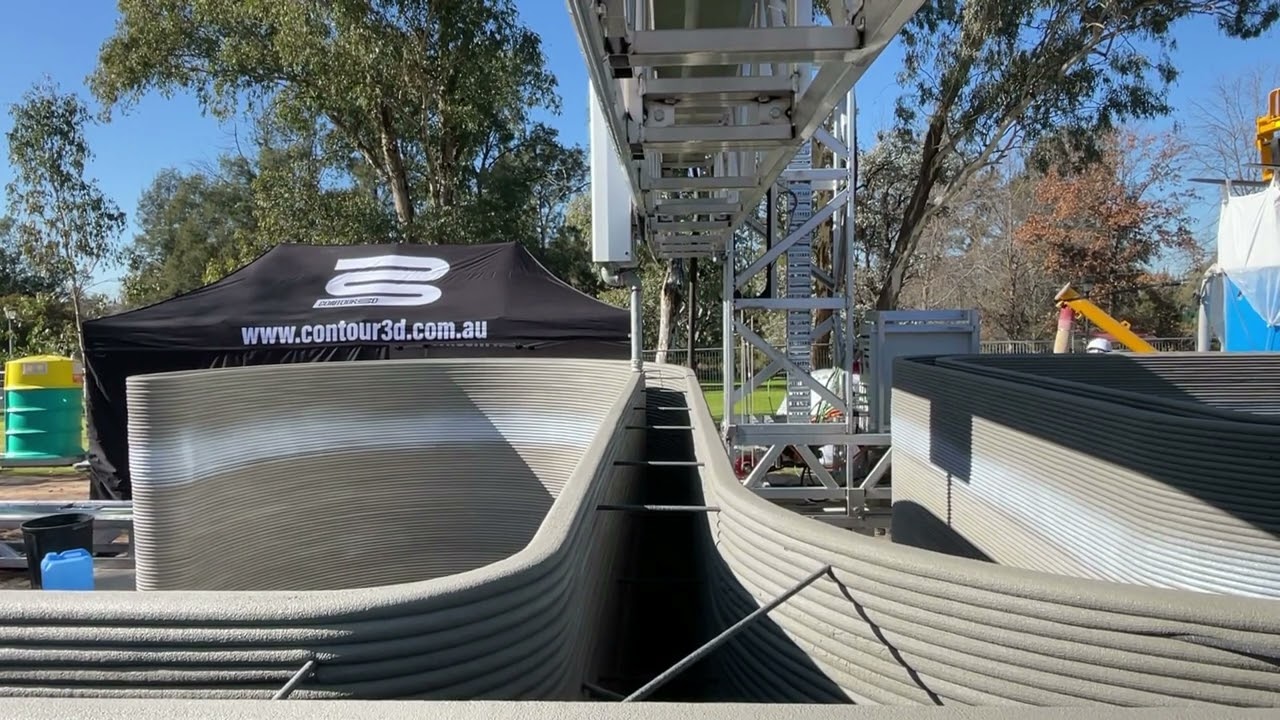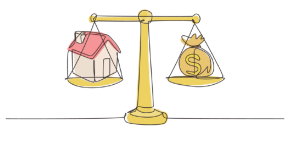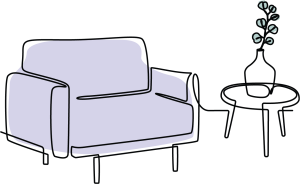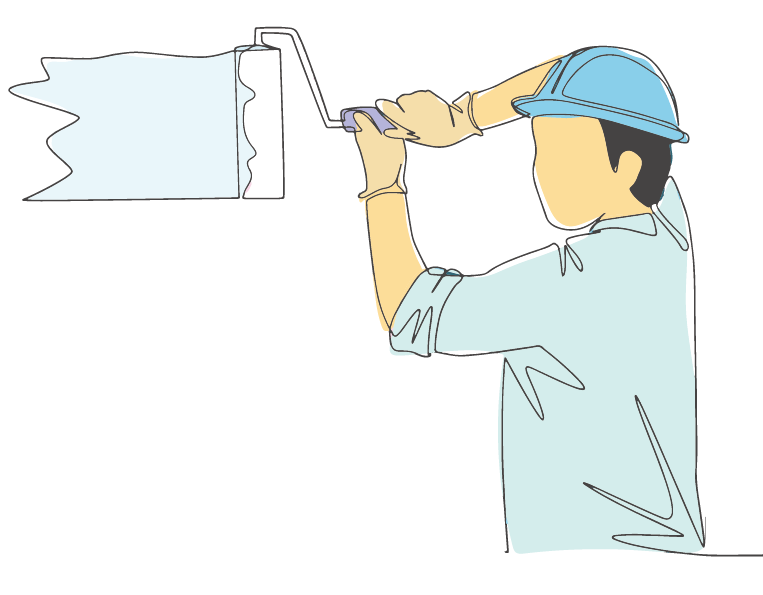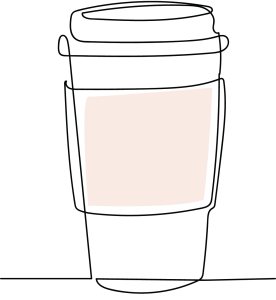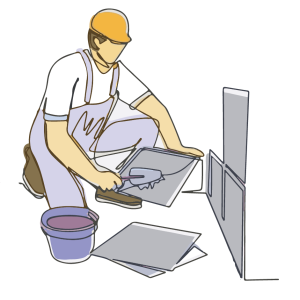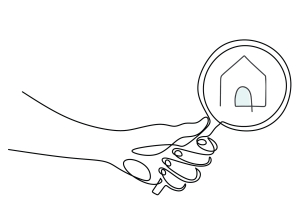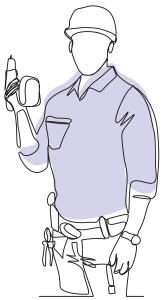Imagine a world where properties sprout like mushrooms, rainfall after rainfall… We know that sounds like something taken straight out of a sci-fi novel, but what if we say that this exaggeration could somehow be non-fiction?
In fact, it is currently happening, even in Australia.
Thanks to the ever-evolving technology of real estate and more specifically, 3D printing. What’s once taken months and years of construction can now be reduced to just weeks, if not days. Gone is the era of long building duration and conventional methods of turning blueprints into reality.
Welcome to the world of 3D-printed homes–a modern way to build, purchase, and experience properties.
But before we delve more into that, let’s first put this 3D printing process in a more digestible light.
What is 3D Printing and how does it work?
3D printing in real estate uses specialised machinery to turn digital designs into three-dimensional objects like buildings or specific building components. This is freeform construction that does not require any formwork. It also enables the creation of shapes that were previously impossible using conventional techniques.
To give you a clearer picture of it, a design is initially created in a computer with the use of CAD software. The printing process then starts when the software converts this model into a format that the printer can comprehend. Because it creates objects layer by layer, it is also often referred to as “additive manufacturing“.
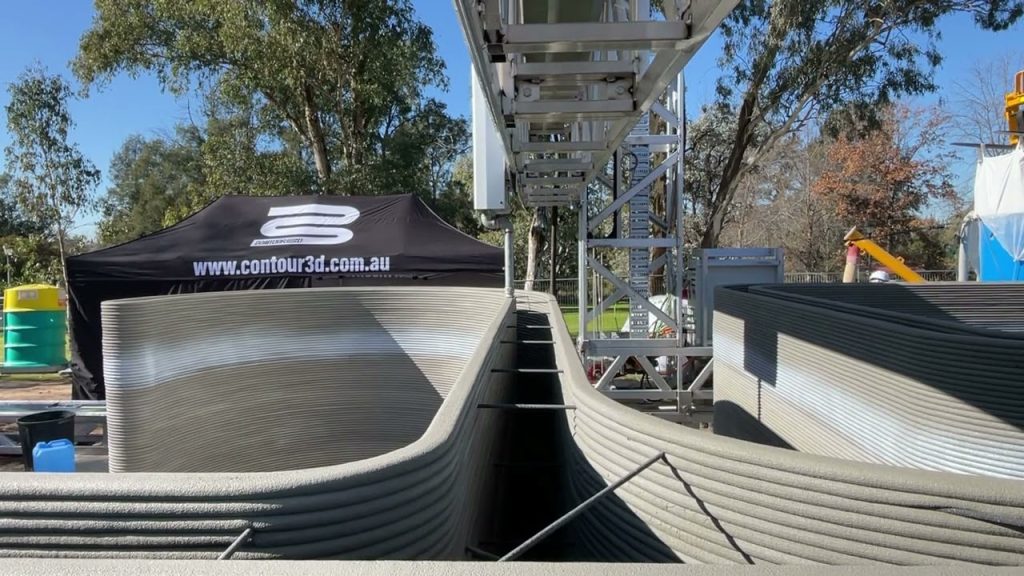
If you happen to pass by Dubbo in New South Wales or have heard or seen about it in the news, a 3D-printed toilet block is underway in a local park there. Think ice cream-like machines that produce soft serve swirls of concrete–that’s essentially how the 3D printing technology works!
Fun-fact: the Dubbo Regional Council is the first council in Australia to use a 3D concrete printer to construct a building. The construction started last month and the toilet block is expected to be fully functioning by the end of this month after a final fit-out thanks to this creative building method, which would ordinarily take months or even years to complete.
But could 3D printing possibly be the future of construction in Australia’s real estate market? Well, maybe! Aside from the construction duration, are there any other advantages that the industry may benefit from using this process? Certainly.
In this blog, we’ll explore the fascinating realm of 3D printing and examine the bizarre ways in which this ground-breaking technology is reshaping the construction and real estate sector.
Pocket-friendly
We totally get it when people say that finding affordable housing has always been difficult and challenging. Because reality check, headlines on real estate news, most of the time, include soaring property prices. Truth be told, the Australian dream of homeownership has become a lot trickier for many people in recent times, especially middle-income individuals.
But fret no more, because 3D printing could certainly change the landscape!
With the help of this technology, building expenses can be lowered, less manpower is needed, and houses can be printed in a fraction of the time it takes to build them traditionally. As a result, property prices could be expected to decrease, making way for more people to climb the property ladder. Imagine having your very own, cost-effective house that is tailored to your financial ability and needs… That’s what exactly awaits us in the world of 3D-printed homes.
Unique and Quirky
We are aware that you have an ideal house in mind that, occasionally, traditional construction just couldn’t deliver. But 3D printing is here to level up one’s artistic expression! Those houses you used to only see in fairytale books and sci-fi movies can actually come to life using this technology. And we’re not even exaggerating.
Homeowners with unique tastes can express themselves to the fullest extent using 3D printing. Now, architects may create homes that express their owners’ distinct identities and even cater to the wildest of wild fantasies. It’s high time we bid farewell to cookie-cutter houses and warmly welcome unique and distinctive concepts.
Sustainable and Eco-friendly
Our agency is a big fan of technological upgrades but more so, when it doesn’t downgrade the environment. One major worry about traditional construction is its possible negative impact on the environment. Well, with 3D printing, you won’t need to add this to your everyday stresses anymore.
3D printing is a more environmentally friendly method of creating eccentric homes. It utilises sustainable materials like recycled plastics or biodegradable chemicals. Since it uses waste-free materials, it also produces less waste in return. Large chunks of non-recyclable material do not need to be chopped off and disposed of, which reduces waste when using 3D printing. As an alternative, raw materials are utilised exactly as estimated.
Conclusion
In this world where imagination meets innovation, traditional building methods are finally getting a bold facelift, courtesy of 3D printing. Who wouldn’t want to own a home that’s affordable, unique, and eco-friendly? Not to mention, it only requires less time to construct than traditional ways.
Similar to any newly presented technology, experts will be closely monitoring this 3D printing technology as they test it out before coming to the conclusion that it should be extensively used in the future. In one way or another, 3D printing could also help mitigate property crises, especially supply and affordability.
And of course, we won’t be ending this blog without addressing a concern that even you might be asking as you read through this blog. “Will this kind of technology affect employment and destroy jobs?”
In the recent episode of The Property Pod, 4one4 Property Co. Director, Patrick Berry, has addressed this particular worry.
“This new technology and other new innovations don’t really exist to destroy jobs. They just pivot jobs in different directions. With this 3D printing, they will still need someone to run the machine and to deliver the eco-friendly concrete to the site, plus a lot more jobs that require more manpower,” he stressed.
“People get so worried about technology changing the way it works, but it’s more of pivoting really rather than replacing.”
The eccentricity of this revolution is a testament to human creativity, and with each printed building, we open the door to a more promising, environmentally friendly, and quirky future for the real estate industry. So, let’s raise a 3D-printed toast for the 3D-printed homes of tomorrow! Cheers!

